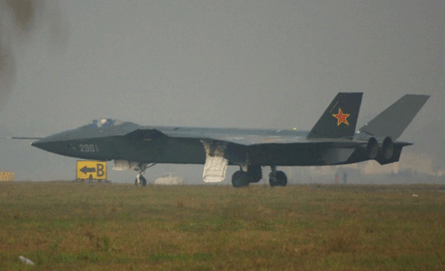Media outlets are having a MiG-25 moment of sorts following the appearance of grainy images of what is purported to be China's Chengdu J-20, supposedly a new fifth-generation fighter. Soviet Union-style, the images emerged on Chinese websites during the quiet week between Christmas and the New Year.
Several journalists fret about a new balance of power, and see the aircraft as a frightening sign of China's increasing military might. The J-20 follows other supposed Chinese programmes, such as Beijing's claimed ability to attack surface ships with ballistic missiles, and its secretive development of an aircraft carrier.
During the Cold War, new Soviet aircraft stoked similar concerns. In the 1960s, intelligence reports about a new super fighter, the Mikoyan MiG-25, caused great anxiety in Western media and defence circles.
 |
|---|
Should we be worried? |
In September 1973, Flight International noted that US reaction to the MiG-25 included "a long-continued barrage from critics of the administration who demanded to know what the Defense Department was doing to counter this formidable aeroplane".
In comparison to the menacing stories about the MiG-25, the J-20's international debut is comical. The photos seem to have been taken with a mobile phone from behind a rusty fence beside the runway, as was a short video clip. "It startled me!" cries the excited filmer in Mandarin when the aircraft taxies by.
Its appearance comes ahead of a visit by US defence secretary Robert Gates, but if Beijing is trying to convey a message about advanced capabilities, it may be showing more weakness than strength. While the J-20 appears to have low-observable characteristics, large canards are not in keeping with stealth design. It is extremely large for a fighter, with huge engine intakes and fixed thrust nozzles. What is more, China has yet to produce a viable fighter engine, let alone the advanced capabilities in surfaces, avionics and systems integration required for a true fifth-generation fighter.
Shrouded in secrecy, the MiG-25 remained a perceived existential threat from the late 1960s. Only in 1976, when a Soviet pilot defected to Japan in a MiG-25, did the world learn of the aircraft's severe limitations. By that time, the West had developed a "Foxbat killer", the McDonnell Douglas F-15 Eagle, which dominates the skies to this day.
Beijing could do a far better job of explaining the aims of its military build-up, but prototypes and plans are a long way from real capabilities.
Source: Flight International



















